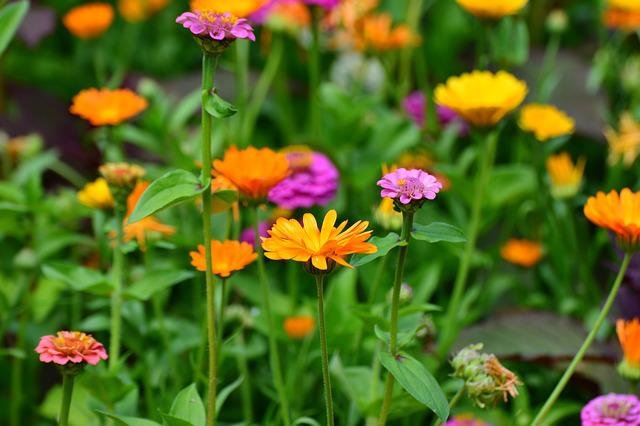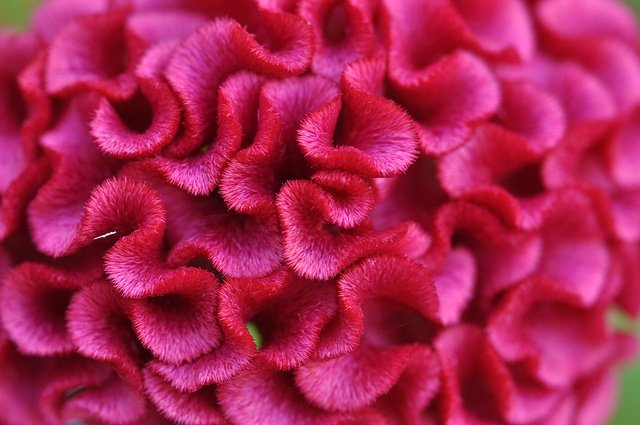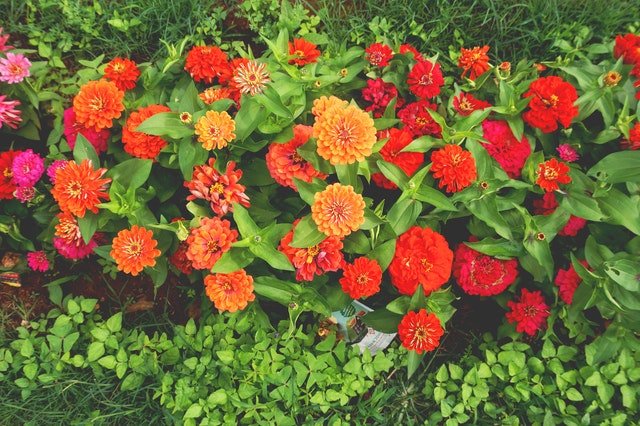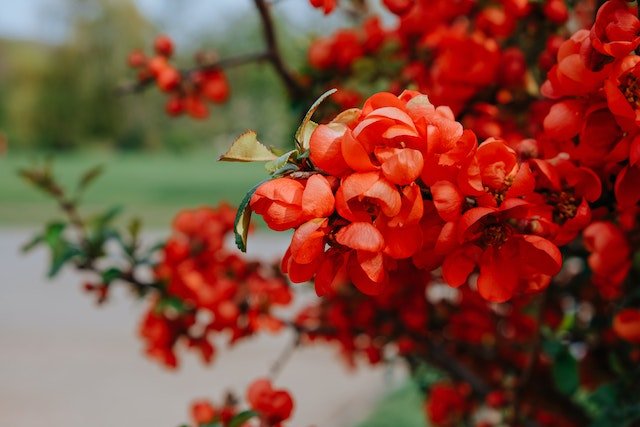If you are looking for a plant that is both beautiful and unique, then you should consider one with purple fuzzy leaves. While these plants may be a little harder to care for than others, they are well worth the effort. In this article, we will discuss why some plants have purple leaves and how to care for them. We will also provide a list of some of the best plants with purple fuzzy leaves available today!
Table of Contents
Why do plants have purple leaves?

One of the most common reasons for purple leaves on plants is a lack of chlorophyll. Chlorophyll is essential for photosynthesis and gives plants their green color. However, some plants are unable to produce chlorophyll or have very little of it. This can be due to a mutation or genetic defect. While these plants may not be able to produce food for themselves, they can still survive by absorbing nutrients from the air, water, and soil.
How to care for plants with purple fuzzy leaves?
Plants with purple fuzzy leaves require special care.
They should be planted in well-draining soil and given plenty of sunlight. Soil is especially important for these plants because they are not able to produce their own food. Be sure to fertilize your purple fuzzy-leafed plants regularly with a high-quality fertilizer.
They will also require plenty of sunlight due to their lack of chlorophyll. Place them in a sunny spot in your home or garden where they will receive at least six hours of direct sunlight each day.
Watering is also important for these plants. They should be watered deeply and allowed to dry out completely between watering. Over-watering can lead to root rot, so be sure to check the soil before watering.
Some plants with purple fuzzy leaves.
-Purple passion plant (Gynura aurantiaca)

The Purple passion plant, also known as Gynura aurantiaca, is the perfect description of a plant with purple fuzzy leaves. The plant gets its name from its vibrant purple leaves, which are covered in small, fuzzy hairs. In addition to its colorful leaves, the Purple passion plant is also known for its edible flowers and tasty stems.
The plant is relatively easy to grow and can be successfully cultivated in a wide range of climates. However, it does require some special care and attention. For example, the plant should be kept in a brightly-lit area and should be watered regularly. With a little bit of patience and care, the Purple passion plant can thrive in almost any environment.
-Salvia officinalis ‘Tricolor’

The Salvia officinalis ‘Tricolor’ is a beautiful plant that is perfect for adding a splash of color to any garden. The plant’s leaves are fuzzy and have a silvery-green hue, with streaks of pink and purple running through them. The flowers are also a striking shade of purple.
The Salvia officinalis ‘Tricolor’ is a tough plant that is easy to care for. It is drought-tolerant and can thrive in full sun or partial shade. When planting, be sure to choose a location that has well-drained soil. To ensure that the plant gets enough water, it is best to water it deeply once a week. With proper care, the Salvia officinalis ‘Tricolor’ will thrive and add beauty to your garden for years to come.
-Loropetalum chinense

The Loropetalum chinense is a beautiful and versatile plant that can add color and texture to any garden. One of the most striking features of this plant is its a bit of fuzzy leaves, which can range in color from deep purple to light green. The plant is also known for its delicate flowers, which bloom in shades of pink, purple, and white.
While the Loropetalum chinense is relatively easy to grow, there are a few things to keep in mind in order to ensure success. First, the plant prefers well-drained soil and full sun. It is also important to water regularly, as the plant is susceptible to drought. With proper care, the Loropetalum chinense can be a stunning addition to any garden.
-Corylopsis Sinensis
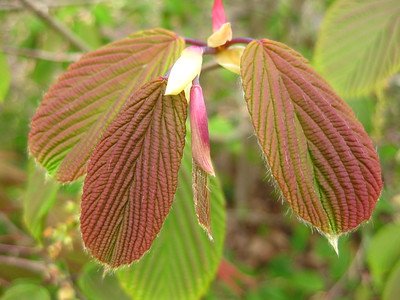
The Corylopsis Sinensis, also known as the Winter Hazel, is a beautiful plant that is often sought after for its attractive purple leaves (young leaves). However, many people are not aware that this plant also has fuzzy leaves. In addition to its greenish-purple leaves, the Corylopsis Sinensis is also known for its delicate flowers and sweet fragrance.
While it is not the easiest plant to grow, with a little care and attention it can be a beautiful addition to any garden. When growing the Corylopsis Sinensis, it is important to provide plenty of sunlight and water. The plant also requires well-drained soil and should be fertilized regularly. With proper care, the Corylopsis Sinensis can be a valuable addition to any garden.
– Sedum Plum Dazzled

The Sedum Plum Dazzled is a succulent with fuzzy, purple leaves. It is a low-maintenance plant that does well in full sun to partial shade. The Sedum Plum Dazzled is drought tolerant and does not need much water to survive. To successfully grow this plant, make sure it is planted in well-draining soil.
Water the plant when the soil is dry to the touch. fertilize the plant once a month during the growing season. The Sedum Plum Dazzled can be propagated from stem cuttings. Take stem cuttings from the plant in late spring or early summer. Allow the cuttings to be callous for a few days before planting them in well-draining soil. Keep the soil moist but not wet and the cutting should root within a few weeks.
– Sempervivum Royal Ruby

The Sempervivum Royal Ruby is a beautiful succulent that is native to the mountains of Europe. It is characterized by its fuzzy, purple leaves and its ability to thrive in dry, rocky environments. This plant is relatively easy to grow and can be a wonderful addition to any garden.
The key to success is to provide the plant with well-drained soil and plenty of suns. The plant will also need to be protected from extreme cold, as it is not tolerant of frost. With a little care, the Sempervivum Royal Ruby can be a stunning and low-maintenance addition to your garden.
If you are looking for a plant that is both beautiful and unique, then consider one with purple fuzzy leaves. These plants require special care, but they are well worth the effort.
Many people believe that fuzzy leaves are simply a cosmetic feature, but the truth is that they serve an important purpose. Fuzzy leaves are covered in tiny hairs that help to protect the plant from predators and extreme weather conditions. In addition, the hairs help to trap moisture, keeping the plant hydrated during periods of drought. As a result, plants with fuzzy leaves are typically hardier and more resilient than those without. So if you’re looking for a low-maintenance option for your garden, consider opting for a plant with fuzzy leaves. You may be surprised at how well it performs.

Gardening is my passion and growing plants indoors has always been a stress relief for me. Grow a banana tree in my apartment once (although failed to produce bananas).


